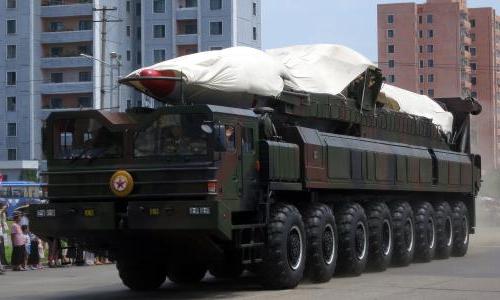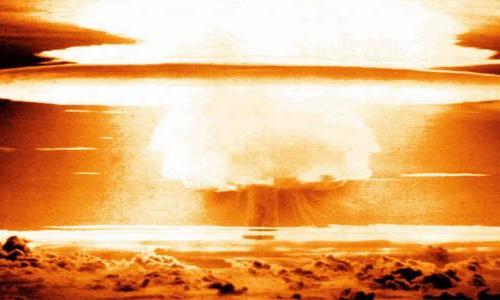目录表
这听起来是个好主意. 事实并非如此.
里根的计划没有实现,但这个想法从未消失. In 2018—against the Department of Defense’s wishes—Congress passed a bill calling for the Pentagon to start building space-based interceptors.
不幸的是,这是个糟糕的计划. 天基导弹防御系统充其量是一种无效的防御,而且 最坏的情况是非常危险的挑衅.
Underst和ing why space-based missile defense is a bad idea requires basic knowledge of how it works—和 what it can 和 can’t do.
基础知识
In a space-based system, “interceptors” are placed in orbit over the Earth. 设计方案各不相同, 但拦截器看起来或多或少像普通卫星, 当它们在轨道上等待时,用太阳能电池板为它们供电.
如果敌方的导弹发射被发现在射程内, the closest orbiting interceptor would use rocket engines to accelerate out of orbit 和 collide with the missile. 这发生在攻击导弹的“助推阶段”,引擎还在燃烧的时候, 发布后不久.
The ability to reach ICBMs during their boost phase is a key motivation for putting interceptors in space. 如果你能在导弹飞行的早期摧毁它, the adversary can’t use decoy warheads to confuse the defense—a tactic that limits the effectiveness of 当前的导弹防御系统. Basing the interceptors in space is one of the only available ways to get them close enough to the missile during launch.
轨道
For the system to work, at least one interceptor must always be in range of the launch site. But objects in low-altitude orbit don’t “hover” over a location—they circle the Earth. 这意味着一个轨道上必须有40或50个拦截器. 因为地球在自转, multiple orbits would be needed to ensure a given region is always covered.
例如,为了覆盖朝鲜,美国需要 300到400个拦截器,分布在7到8个轨道上. A defense that works more globally—something that covers a larger country like Iran, 例如,将需要更多.
Such a system would easily become one of the most expensive military projects of all time. 美国国家617888九五至尊娱乐院和工程院 估计 that even an “austere” system of 600 interceptors would cost taxpayers some 3000亿-大约是美国军方年度预算的一半.
漏洞
But the biggest problem with space-based missile defense isn’t the cost—it’s the fragility. Launching several missiles at the same time could overwhelm the system; interceptors might knock down one or two, 取决于系统的设计, 但其余的会通过. Doubling the number of missiles that the system could deal with would require doubling the size of the system.
因为拦截器的轨道高度只有几百公里, they are also extremely vulnerable to anti-satellite weapons launched from the ground on short- or medium-range missiles. Adversaries could use these weapons to punch holes in the defense, rendering it use少.
From a security perspective, a defensive system that’s so easily bypassed doesn’t simply offer 少 保护; it provides no 保护. 更多的资金或技术不会改变基本的物理原理.
风险
Sometimes military technologies cause conflict all by themselves—even if they’re never used.
以天基导弹防御系统为例, even a small number of interceptors would escalate tensions with Russia 和 China. One reason is because the interceptors could be designed to attack other satellites that serve vital military 和 economic roles. The interceptors could target not only all low-Earth-orbiting satellites, but also satellites at higher orbits where GPS 和 communications satellites operate.
Russia 和 China would likely view any number of interceptors as a threat to their high-orbit satellites 和 respond strongly, 也许是建造他们自己的拦截机,或者击落我们的.
当然, 我们不知道其他演员会怎么做, 也不知道美国会做出什么反应. 但所有可能的结果——加剧了紧张局势, 军备竞赛, 军事冲突——将直接威胁到美国的国家安全.
Therein lies the crux of space-based missile defense: it’s enormously expensive, 他轻易地击败了, 和 从根本上不稳定. 它制造了新的问题,却没有解决现有的问题. 这是个坏主意.





